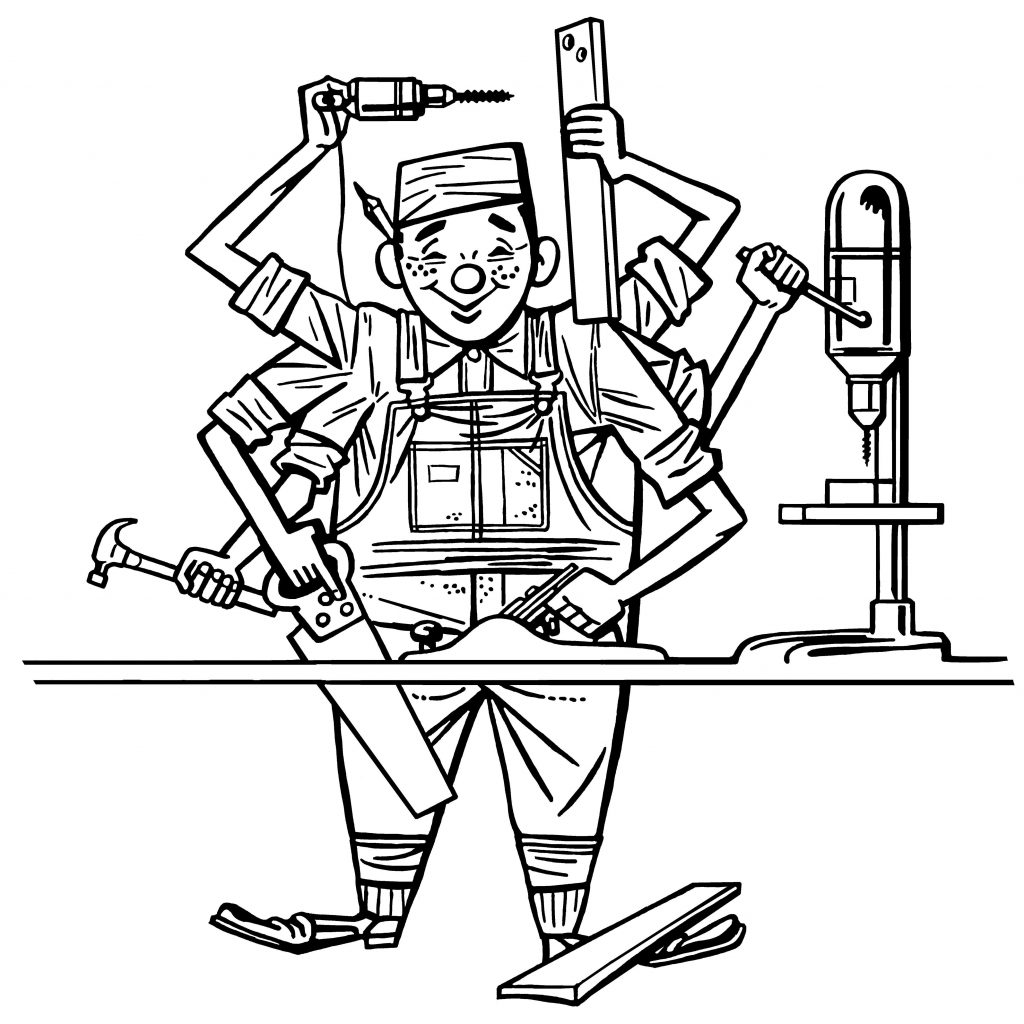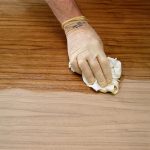We may receive a commission when you use our affiliate links. However, this does not impact our recommendations.

I recently was struck by a thought while spending some time in Andrew’s workshop: this is genuinely fun. It wasn’t until I was driving home a few hours later that the significance of that thought really hit me in full force. Since becoming a homeowner, my tool purchases have revolved around the home renovation medium, as opposed to the woodworking medium. When I have taken the time to build something to a higher level of craftsmanship, I’ve been stuck using dimensional lumber and restricting my methods to the limited toolbox I have available. Having the opportunity to work in a properly equipped shop helped reawaken the joy of woodworking, and it has everything to do with the tools.
My interest in woodworking started in high school, where my shop teacher Mr. Ness had us work with rough sawn lumber in a fully-equipped shop to craft a variety of projects. I became spoiled by the wealth of good equipment available to me, a luxury that continued in college while studying design. I became a homeowner right around the time I graduated, and all my woodworking skills were put to use on my 120 year-old house. The only thing missing? All those wonderful tools. And boy did I suffer. Using a piecemeal mix of equipment and far too much blood, sweat and tears, I completed numerous renovation projects and built-ins. Let’s be honest- there are few things less enjoyable than trying (and failing) to complete a would-be simple task due to not having the right implement. Over time I found less and less genuine enjoyment from building things from wood, and largely limited myself to restoring vintage pieces instead. Turns out that the real issue was just not having the right tools for the job.
Now I’m not saying everyone needs to go spec out a fully equipped shop to truly enjoy woodworking, because that’s just not reasonable. But I am saying that it’s worthwhile to invest in things that make you happy, and sometimes that’s tools that make work enjoyable instead of tedious. So go ahead and pick up some specialized joinery tool, or that set of chisels you’ve had your eye on for a while. Not sure where to start? Check out this list of 11 (or so) basic woodworking tools as a jumping-off spot. Just remember to tell your significant other it’s an investment in your happiness.
Here are some supplies and tools we find essential in our everyday work around the shop. We may receive a commission from sales referred by our links; however, we have carefully selected these products for their usefulness and quality.










For many years I had to work in a 1/2 garage, 200 sq. ft. space. The only power tools that worked for me was a Shopsmith and the related accessories such as 4″ jointer, 6″ bandsaw, and the 12″ planer. My original 1984 model 500 has been upgraded thru the years to where it is now equivalent to the MK 7 model with the DVR motor.
That said, working mostly with rough sawn lumber, I have been influenced by Christopher Schwarz to the extent that I now have a tool chest with hand saws, chisels, hand planes and lots of marking and measuring tools. I have found that by using a hand plane, I can remove cup and twist in a board, prepping it for the planer, and thus don’t need a larger jointer. I have even become fairly proficient in hand cutting dovetails.
My best advice to someone starting out or getting back to woodworking, is to first get a good workbench with tail and shoulder vices and bench dogs, and then work on acquiring your hand tool collection. You’ll learn a lot about sharpening along the way. Then as space and budget dictates, begin acquiring the power tools as you need them.